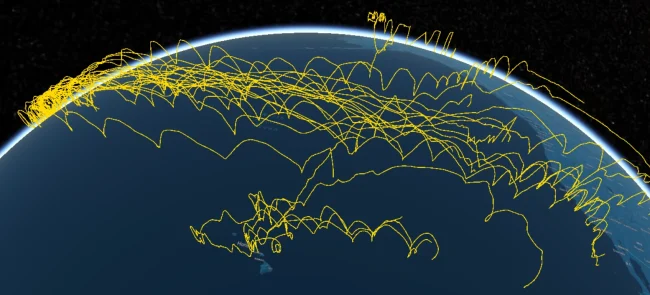Saildrones Track Hurricanes to Gather Data for Forecast Improvement
In partnership with NOAA, Saildrone Inc. is deploying seven ocean drones to collect data from hurricanes during the 2022 hurricane season with the goal of improving hurricane forecasting. For the first year, two saildrones will track hurricanes in the Gulf of Mexico. One of the biggest challenges to hurricane forecasting is predicting rapid intensification, when hurricane…








